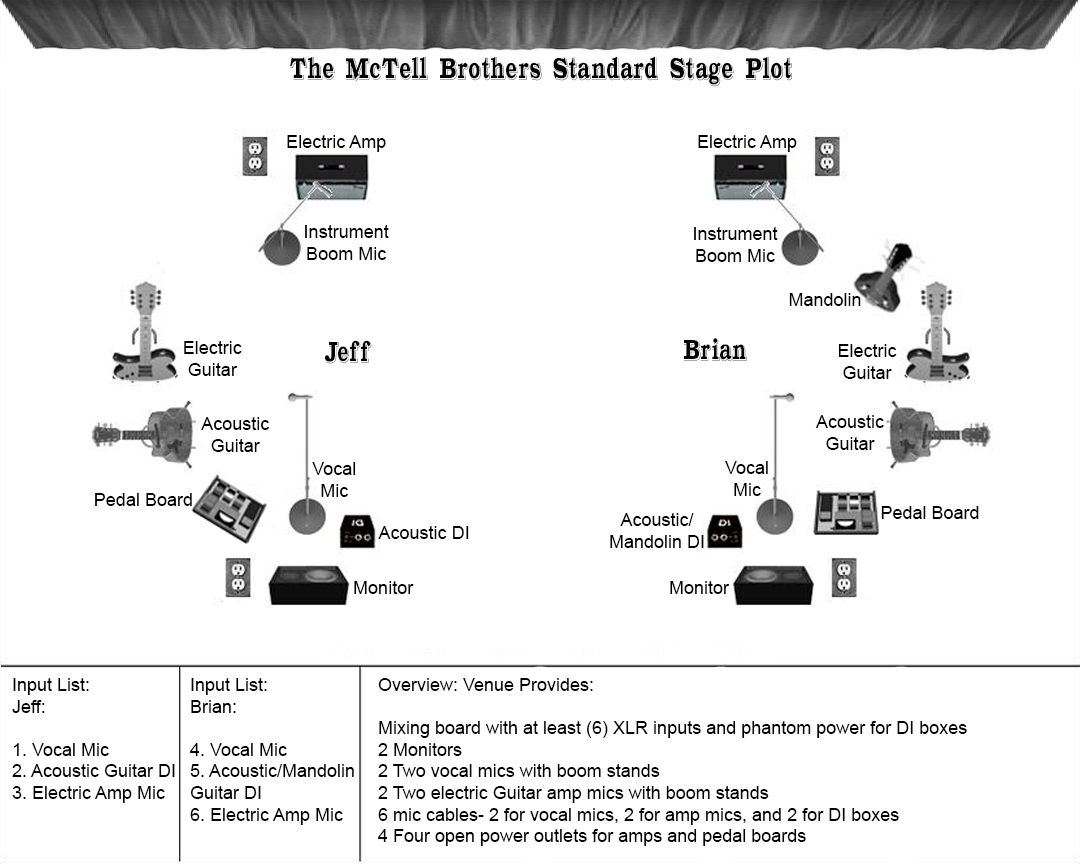
- #Stage plot pro full how to
- #Stage plot pro full pdf
- #Stage plot pro full software
- #Stage plot pro full plus
The first step in developing a simulation is to develop the process flow diagram (PFD), which consists of the unit operations (blocks) and streams that feed and connect the blocks.
#Stage plot pro full how to
To demonstrate how to build a process simulation using ASPEN, we will develop a distillation column for separation of ethanol and water. If you are working with Aspen Properties, you may skip to section 4 of this document. If you encounter an error on startup using one of the engineering remote desktops, take note of the server name on the desktop and call DECS to inform them of the detailed error message and the server name.ģ. To start either of these packages, be sure to look for the corresponding start menu item.
#Stage plot pro full plus
Normally undergraduate student projects will involve Aspen Plus or Aspen Properties. Getting Started with Aspen Plus or Aspen Properties However the major steps of working with Aspen are similar to what is depicted below. The screenshots in this tutorial and some of the menus are outdated. To find descriptions/equations for the thermodynamic models and parameter variables, press F1 and browse to 'Aspen Plus Reference>Physical Property Methods and Models>Physical Property Models' Note about outdated screenshots
#Stage plot pro full pdf
If your questions are not answered with online help, see the pdf documents available from the ASPEN documentation folder available on the START menu. Work through your instructor and TA for getting answers to your questions.

Generally, pressing F1 on an input form will provide the appropriate help screen to check units or relate the parameter names to parameters names used in literature.ĭo not try to contact ASPEN directly. This document is intended to be an overview.

To start either of these packages, be sure to look for the corresponding User Interface on the start menu. This package is available within Aspen Plus or Aspen Properties rather than via an external menu.īatchSep - Batch distillations. All of the phase equilibria and mixture property methods discussed on this site are accessible in either Aspen Plus or Aspen Properties.Īspen Polymers - Modeling of polymerization reactors and polymer thermodynamics. Incorporated into most other components, though it can be run as a stand-alone subset. Runs independent of Aspen Plus.Īspen Dynamics - Unsteady-state simulator.Īspen Plus - Steady-state process simulator.Īspen Properties - Modeling of properties and phase equilibria. Runs independent of Aspen Plus.Īspen Custom Modeler - A utility to permit the creation of user unit operations.Īspen Distil - Aspen's 'Conceptual Engineering Product' for planning for processing schemes. Briefly, here are the programs and capabilities:Īspen Adsim - Fixed bed adsorption for pressure swing adsorption, etc.Īspen Chromatography - Fixed bed adsorption, simulated moving bed chromatography. MSU has a variety of Aspen packages for different simulations.

Some preliminary or 'back of the envelope' calculations are generally recommended. Usually, you must set the number of stages and see what type of separation results. This information could come from an approximate method, such as the McCabe-Thiele approach, general modeling of the T-x-y behavior, or residue curve maps.ĪSPEN cannot tell you how many stages to use for a given separation except in approximate cases using conceptual design. For instance, a user should have some idea of the column behavior before attempting to use ASPEN. Therefore, a solid understanding of the underlying chemical engineering principles is required to supply reasonable values of input parameters and to evaluate the suitability of the results obtained. It takes a design that the user supplies and simulates the performance of the process specified in that design. ASPEN can handle very complex processes, including multiple-column separation systems, chemical reactors, distillation of chemically reactive compounds, and even electrolyte solutions like mineral acids and sodium hydroxide solutions.ĪSPEN does not design the process. This accurate modeling of thermodynamic properties is particularly important in the separation of non-ideal mixtures, and ASPEN has a large data bases of regressed parameters. This information can then be used in an iterative fashion to optimize the design.

Given a process design and an appropriate selection of thermodynamic models, ASPEN uses mathematical models to predict the performance of the process.
#Stage plot pro full software
ASPEN is a process simulation software package widely used in industry.


 0 kommentar(er)
0 kommentar(er)
